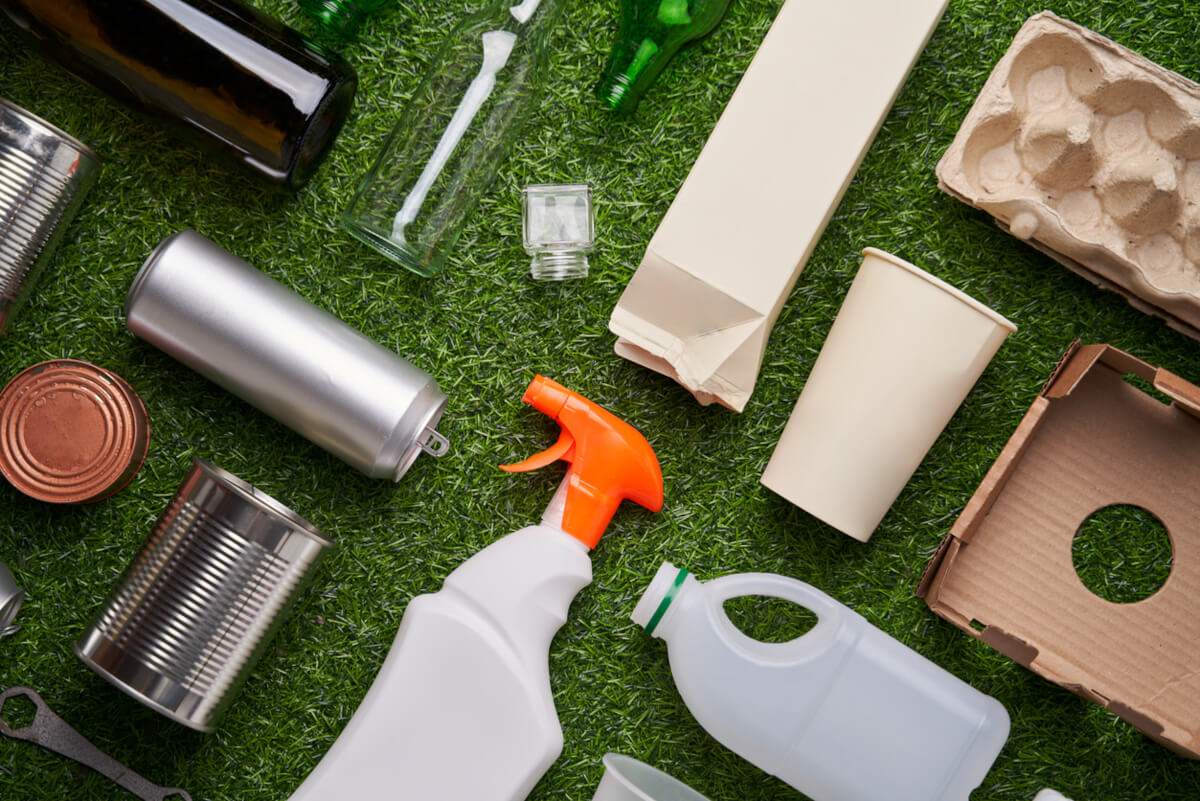Insight Focus
Amid greater scrutiny of sustainability credentials, the solution for some retailers has been to market ‘plastic free’ packaging. But while this seems like a step forward, PET can actually be used smartly to help reduce environmental impacts.
Is Plastic Free Really Better?
Cutting down on plastic use has become an easy way for FMCG brands to demonstrate sustainability credentials. Simply labelling packing as ‘plastic free’ tends to lead consumers to assume the companies are doing the right thing.
But packaging choices are much more nuanced, and consumers are smarter than that, so they deserve to be given a more accurate analysis of the packaging choices available.
Like, what does ‘plastic free’ really mean? Realistically, not a lot.
Why Plastic Shouldn’t Be Demonised
Plastic packaging, specifically PET and rPET, are not the bogeymen of food, beverage and personal care packaging. Representing a global industry that’s worth USD 265.2 billion, it’s an industry that knows full well that it has the light of sustainability shone brightly on it. But that means that practically all the major players in the industry are investing heavily in innovation and are proud to be promoting responsible progress.
Investment from leaders in the plastic packaging industry means that the future of plastic packaging is moving far more quickly towards a circular economy than other substrates. For while those other substrates are loving the ease of the ‘plastic free’ strapline that is currently able to win over consumers, it’s only a matter of time before the reality of the complete picture for each material is accepted.
Of course, if all packaging materials are focused on making sure their circularity is assured, it will be good for everyone. What doesn’t seem likely is that consumers will choose no packaging at all.
Sales of convenience foods and drinks — a USD 84.29 billion annual market — show no signs of slowing down. Health and beauty miniatures and travel sizes are booming, reaching USD 1 billion in 2023 with a predicted 18% annual growth. And the global bottled water industry is worth USD 317.67 billion as of 2023.

It makes sense that the answer is for the packaging of these goods to be as responsible as possible. As light as possible. As effectively transported as possible. And… here’s the big one…recycled as much as possible. That’s up to consumers and infrastructure decision makers.
PET and rPET tick all these boxes. It’s the lightest packaging material, the most easily moulded, the least breakable. And with all those converters and manufacturers so well aware that they’re not considered the cool guy at the party, there’s some fantastic design developments in the pipeline. These include enhanced recyclability, reduction in use of colourants and clever progress in barrier properties for reducing food waste.
Different packaging materials have different applications that best suit their characters. So no, saying ‘plastic free’ doesn’t mean anything. When plastic is valued, its positive potential is apparent.
Packaging Material Facts
Each packaging material has its own benefits and disadvantages, so it is unfair to present PET and rPET as less sustainable than others.
- Glass is endlessly recyclable – but heavy and easily broken.
- Aluminium is easily recycled and comes from abundant minerals – but is unsuited to many food and beverage applications is the most degradable packaging but impractical for food and drinks.
- Plastic is easily sorted in standard recycling collections – but uses virgin materials.
- Recycled PET can be recycled many times with no degradation of properties – but needs enough virgin PET to be collected to be commercially viable.















